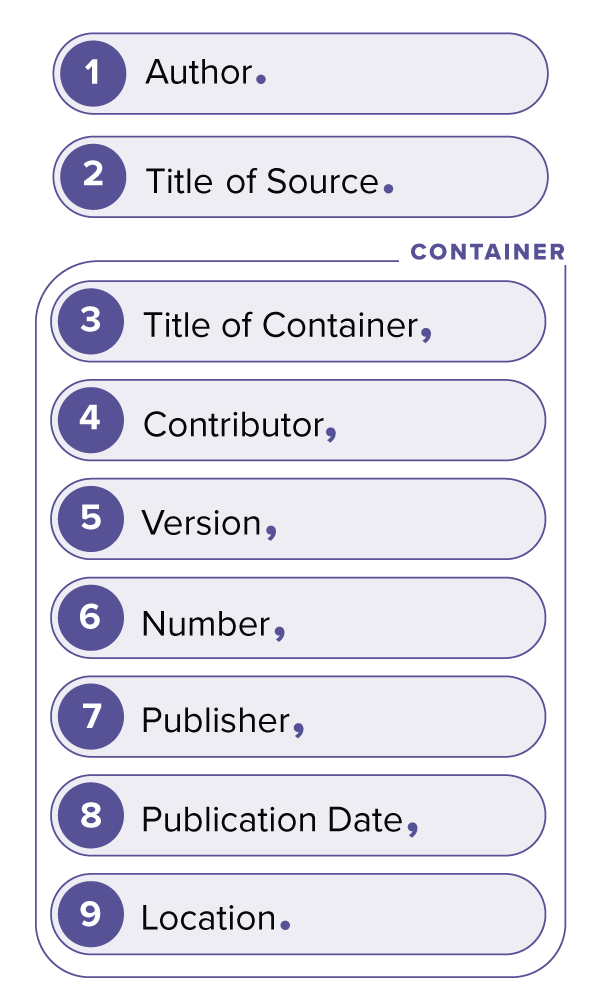Scratch Coding: Create Games Quickly
In the world of programming, there are numerous languages and tools designed to help individuals create a wide range of applications, from simple scripts to complex games. Among these, Scratch has emerged as a powerful platform, especially for young programmers and beginners, looking to dive into the world of coding through game development. Scratch, developed by MIT, offers a unique, block-based approach to programming that simplifies the learning process, making it easier for newcomers to create interactive stories, games, and animations.
Introduction to Scratch
Scratch is free, online, and incredibly user-friendly. Its block-based interface means that instead of typing lines of code, users can drag and drop blocks that represent different programming concepts. This visual approach helps in understanding the logic and structure of programming without getting bogged down in syntax. Scratch is designed for children aged 8 to 16 but is used by people of all ages as a first step into programming.
Starting Your First Game
To start creating a game in Scratch, you first need to sign up and log in to the Scratch website. Here, you’ll find a plethora of tutorials, guides, and an active community to support your learning journey.
Choosing Your Sprite: The first step in creating any game is selecting or creating your main character (sprite). Scratch comes with a variety of built-in sprites, or you can draw your own.
Understanding the Interface: The Scratch interface is divided into several sections:
- Stage: This is where your game or project will play out.
- Sprite List: Here, you can see and manage all the sprites in your project.
- Scripts: This is where the programming happens. You’ll find all your code blocks here.
- Costumes: Change your sprite’s appearance here.
- Sounds: You can add sounds to enhance the experience of your game.
Writing Your First Script: Scripts are made by dragging blocks from the block palette into the scripts area. For a basic game, you might start with a “when flag clicked” block to initialize your game when the green flag is clicked. From there, you can add movement, interactions, and more by stacking blocks in a logical sequence.
Creating Engaging Games
The true power of Scratch lies in its ability to let users bring their imagination to life. Here are some tips for creating engaging games:
Define the Goal: What is the objective of your game? Is it to collect items, reach a destination, or solve puzzles? Having a clear goal in mind helps in designing the game’s mechanics.
Add Interactions: Use Scratch’s sensing blocks to create interactions between sprites or between sprites and the player. This can include basic collision detection to more complex AI behaviors.
Implement Challenges and Rewards: Games need challenges to keep players engaged. Use variables and conditional statements to track scores, lives, or levels, and implement rewards or penalties based on performance.
Experiment and Iterate: Scratch is all about experimenting with different blocks and scripts to see what works best. Don’t be afraid to try new things and adjust your game based on feedback from others.
Advanced Features and Integrations
As you become more comfortable with Scratch, you can explore more advanced features and integrations:
Extensions: Scratch offers a variety of extensions that let you incorporate more functionalities into your projects, such as text-to-speech, video sensing, or even controlling LEGO Mindstorms robots.
Cloning: The clone feature allows you to create multiple copies of a sprite, making it easier to manage armies of enemies or create complex effects.
Cloud Variables: These allow your game to remember data even after it’s closed, enabling features like high score lists or saved progress.
Conclusion
Scratch coding is an exciting gateway into the world of game development and programming. Its accessibility makes it perfect for beginners, while its depth allows for the creation of complex, engaging games. Remember, the key to mastering Scratch, or any programming language, is practice and creativity. Don’t be afraid to dream up new game ideas and see them come to life with Scratch.
FAQ Section
What age group is Scratch designed for?
+Scratch is primarily designed for children aged 8 to 16, but it's used by people of all ages as an introductory tool to programming.
Is Scratch free to use?
+Yes, Scratch is completely free to use and is available online at scratch.mit.edu.
Can I create games with Scratch that involve complex behaviors?
+Yes, Scratch's block-based programming allows for the creation of complex behaviors and interactions, making it possible to develop games with engaging mechanics and challenges.
How do I share my Scratch projects with others?
+You can share your projects by clicking the "Share" button on your project page, which gives you a link to share with others or allows you to embed it on another website.
Does Scratch offer any resources for learning and troubleshooting?
+Yes, Scratch offers a wealth of resources, including tutorials, guides, and a community forum where you can ask questions and get help from other users and mentors.
With its intuitive interface, Scratch provides an ideal platform for individuals of all ages to explore the world of programming and game development. By following the steps outlined and exploring the advanced features and integrations, you can unlock the full potential of Scratch and bring your creative visions to life.
